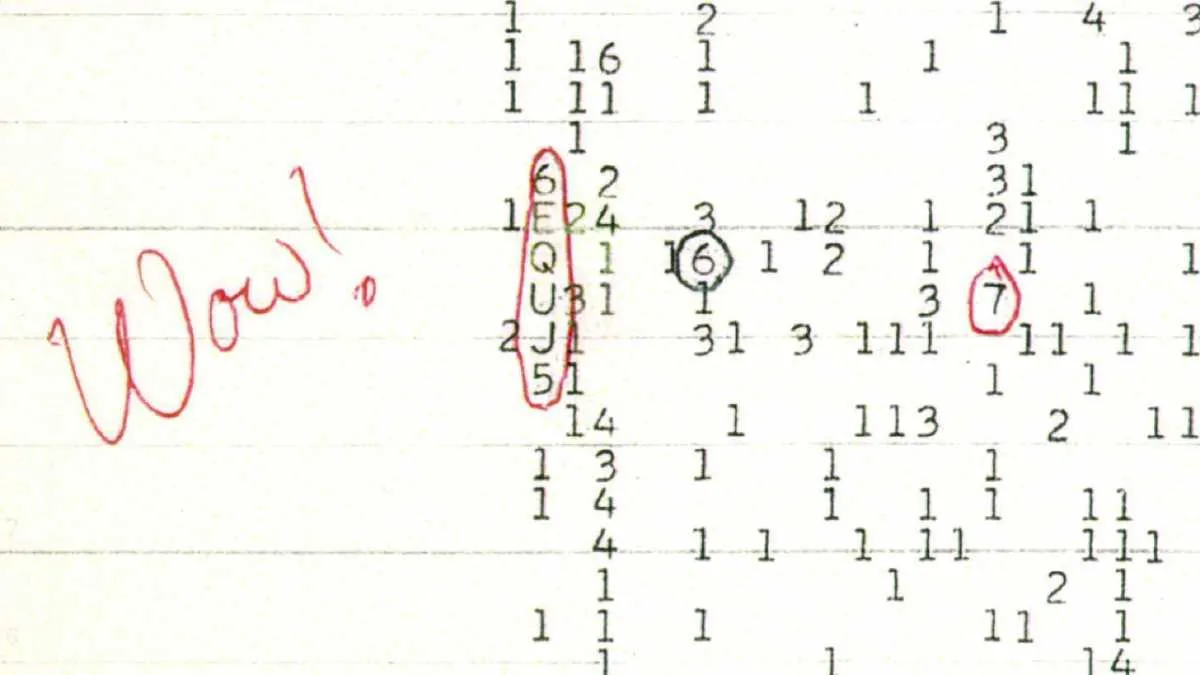
The mystery of the ‘Wow!’ signal
15 August 1977
Using theBig Ear radio telescope, extra-terrestrial intelligence researcher Jerry R. Ehman spots an unusually strong, 72 second-long signal blast of radio waves originating from the Sagittarius constellation. Exhibiting all the hallmarks of an alien signal, he writes ‘Wow!’ on the computer printout. To this day the signal remains a mystery to astronomers and alien hunters.
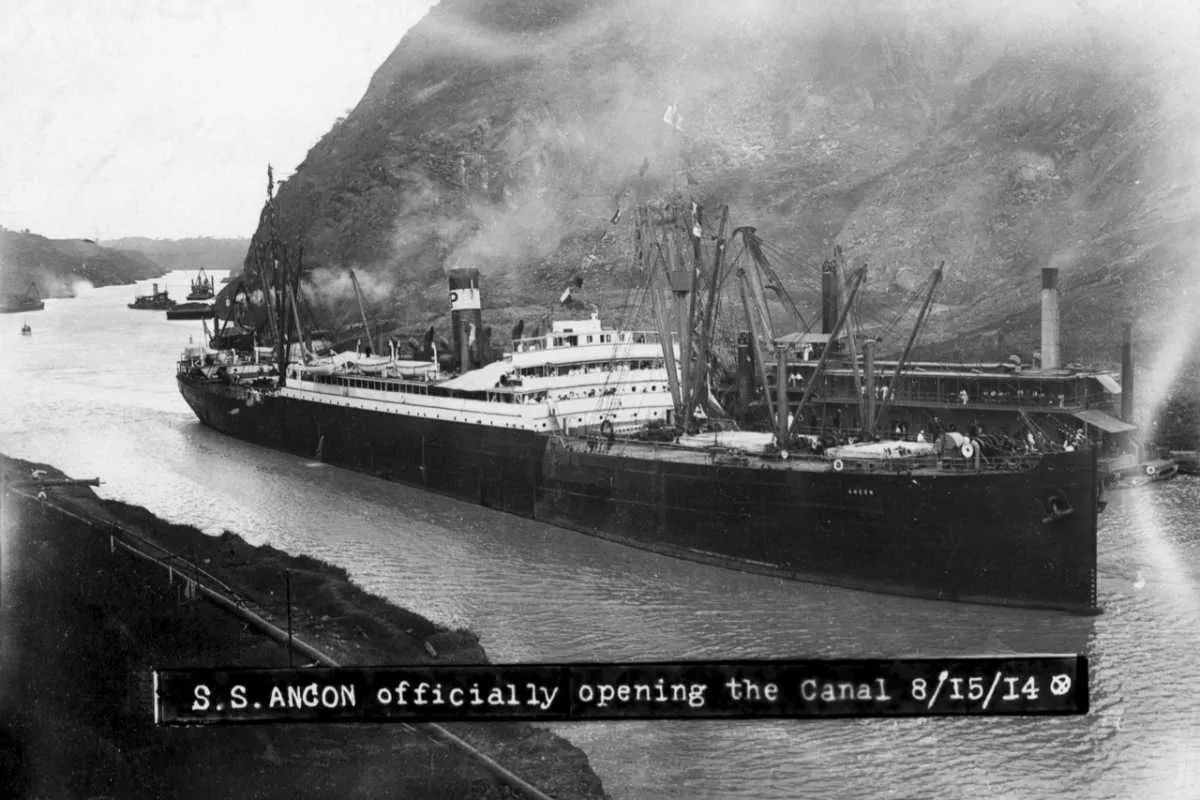
The Panama Canal opens
15 August 1914
The Panama Canal, one of the greatest engineering feats of all time, officially opens. Before this, ships had to sail an extra 7,872 miles around South America to get from the Atlantic and Pacific. It took 75,000 labourers more than 32 years to build, with an estimated death toll of 28,000, mostly of malaria and yellow fever.
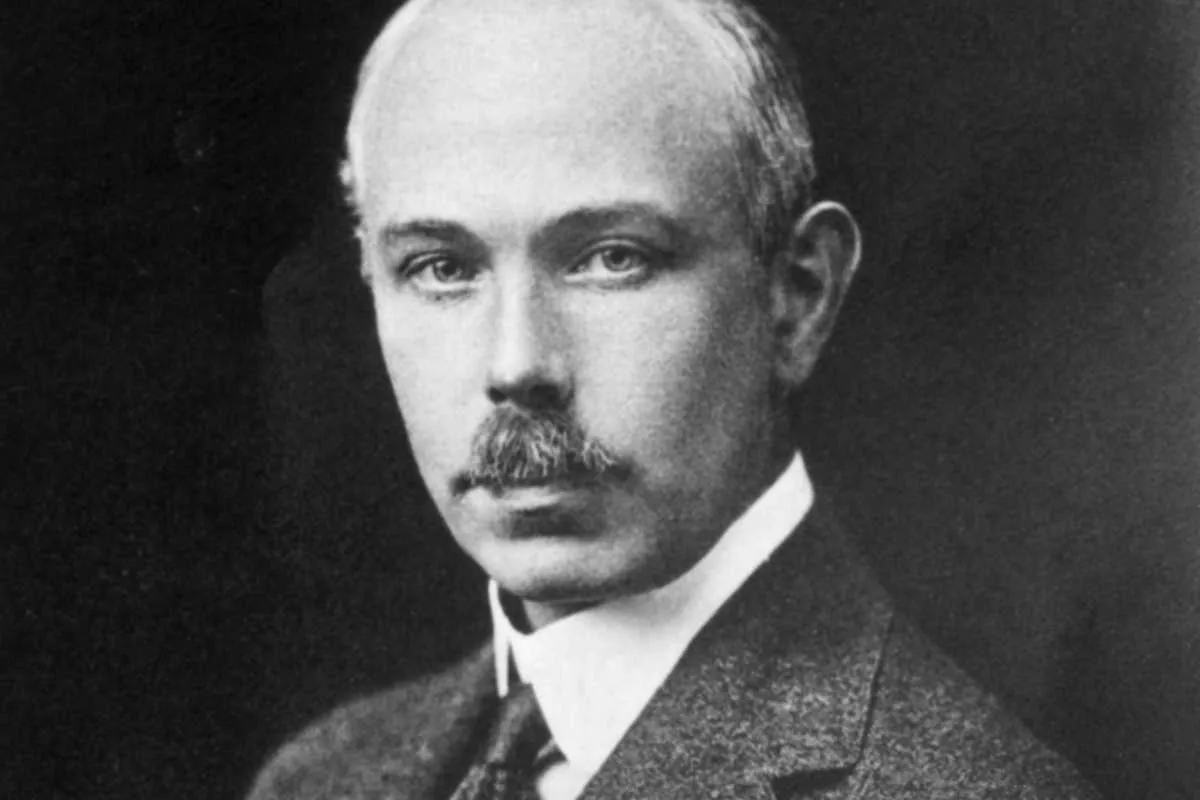
Francis Aston’s mass spectrometer
15 August 1919
Francis Aston completes the construction of the first mass spectrometer. The ground-breaking analytical instrument effectively weighs individual atoms by passing a beam of ionised atoms through a strong magnetic field. Aston used it to identify the neon-21 isotope and was awarded the Nobel Prize for Chemistry in 1922.
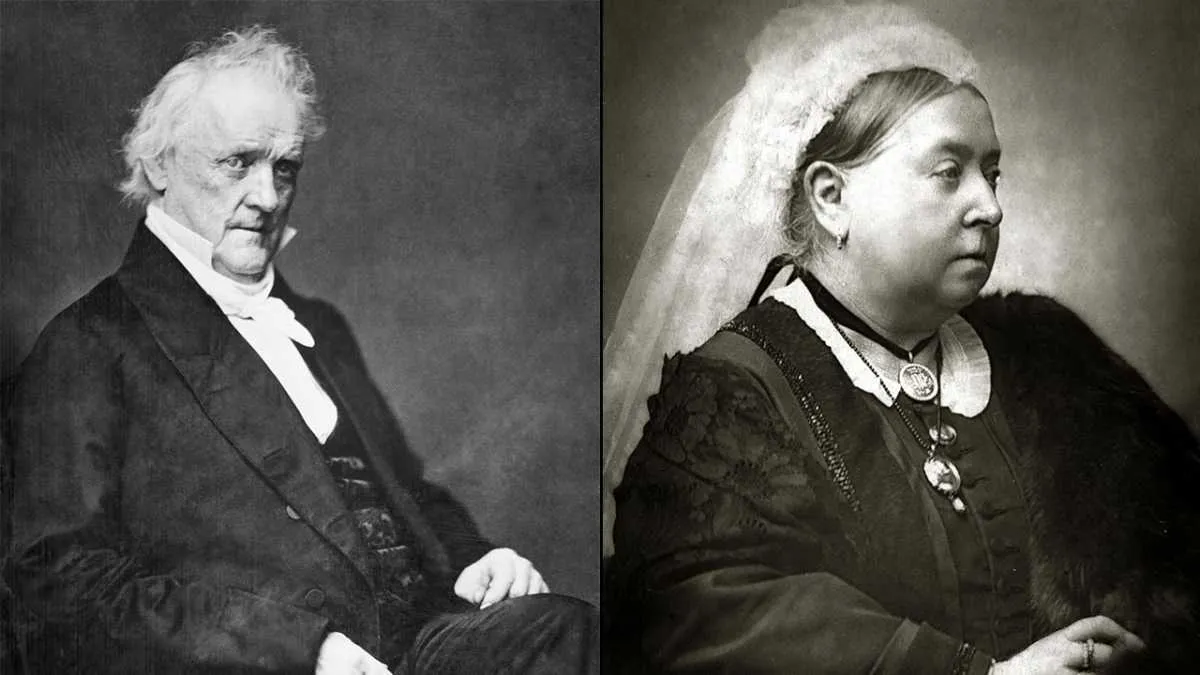
The first trans-Atlantic telegraph
16 August 1858
US president James Buchanan greets Queen Victoria during the first telegraph message sent across the Atlantic. Before the seven-strand copper telegraph cable was laid, the quickest way to send a message from London to Washington was to physically carry it. The Queen’s telegrammed reply took 16 hours to send.
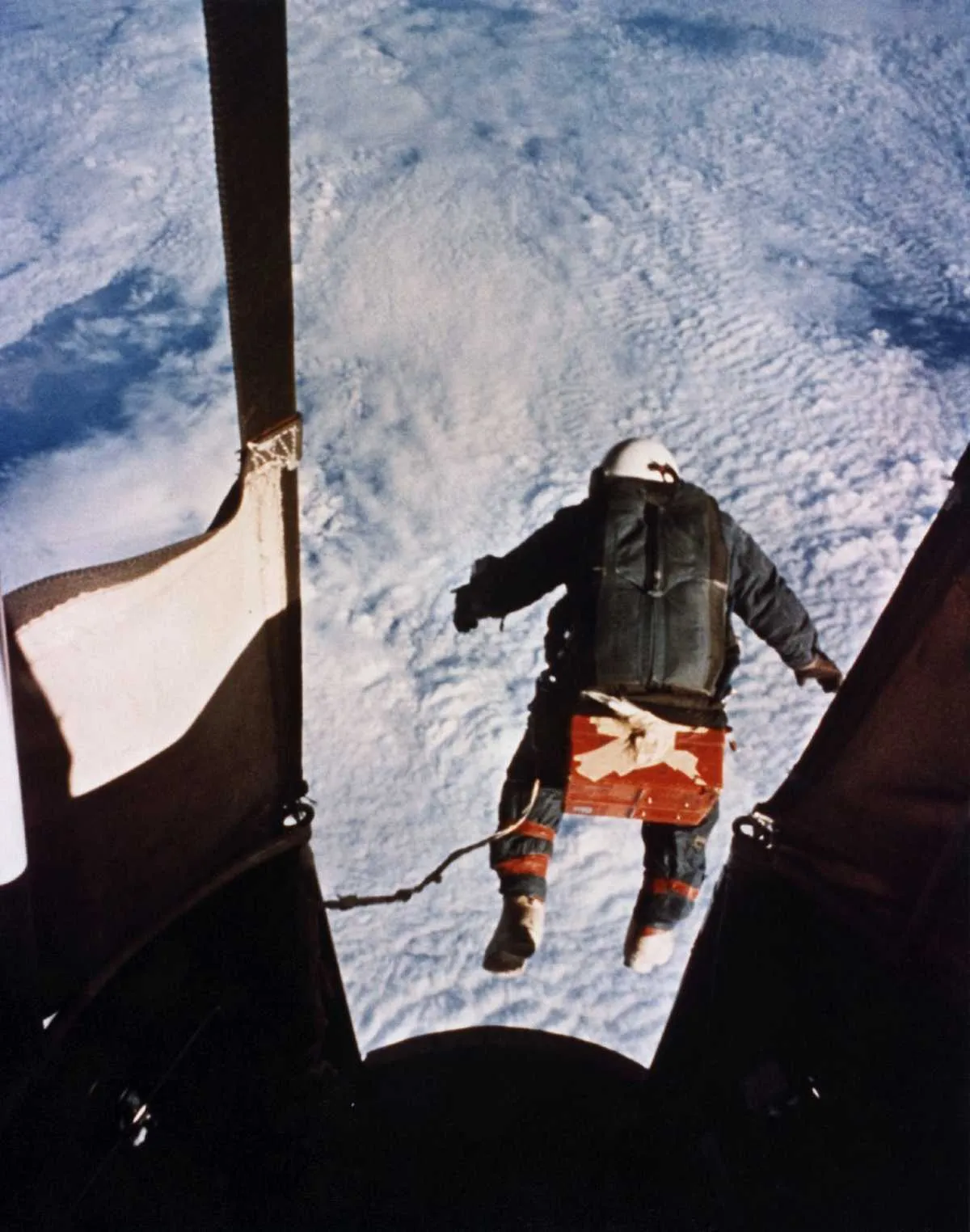
The gloves are off
16 August 1960
Colonel Joseph Kittinger ascends to a height of 31km before parachuting back down to Earth, landing at the Wright-Patterson Air Force Base, Ohio, USA. Project Excelsior 3 was Kittinger’s third and final successful high-altitude jump, despite his glove falling off on the way up. Kittinger’s altitude record stood for 52 years before being broken by Felix Baumgartner in 2012, who jumped from 39km as part of theRed Bull Stratosproject.
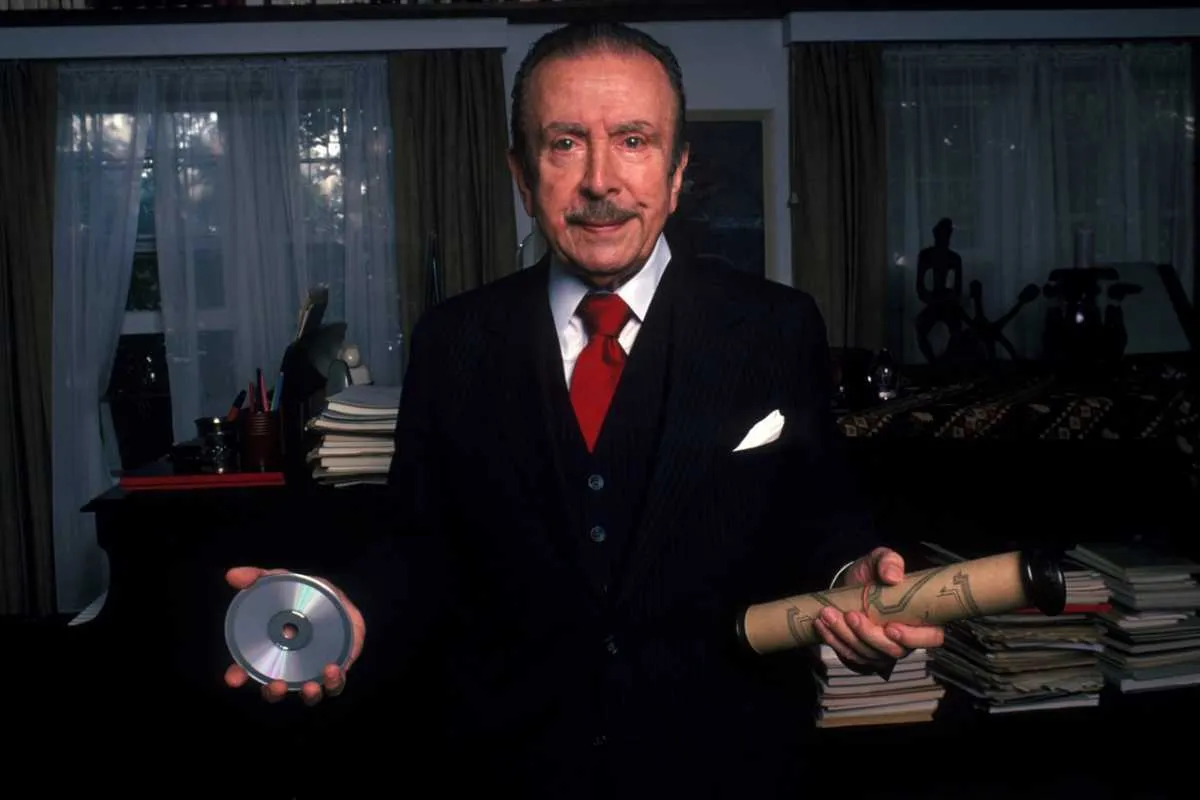
The first CD pressed
17 August 1982
The first commercial compact disc is produced by Philips. The legendary pianist Claudio Arrau was invited to the Polydor Pressing Operations Plant in Langenhagen, Germany to hit the start button because the first CD release was of his recording of Chopin Waltzes. Between 1982 and 2007 more than 200 billion CDs were sold worldwide.
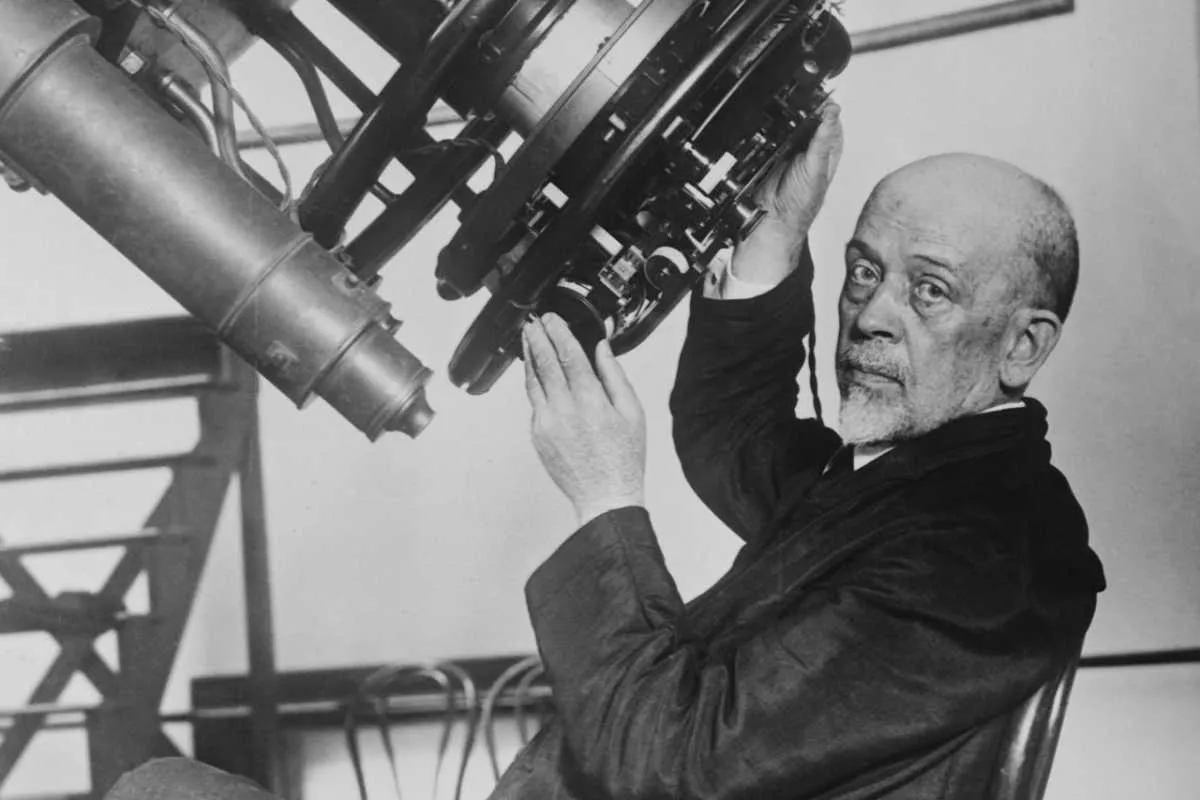
Mars-moon Phobos discovered
18 August 1877
Asaph Hall uses the US Naval Observatory’s 26-inch refracting telescope to discover the Martian moon Phobos, only six days after he discovered Demeos, the second and smaller Martian moon. Many of the craters on Phobos are named after characters from Gulliver’s Travels.
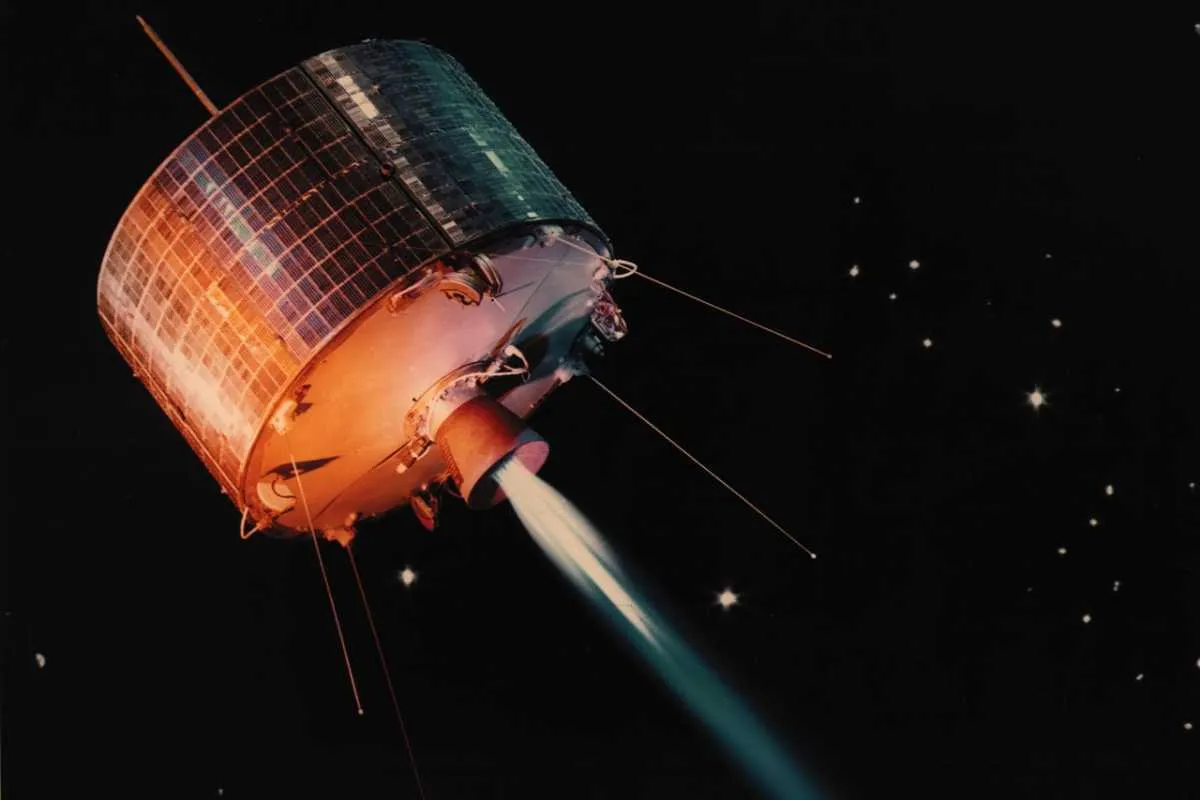
First geostationary satellite
19 August 1964
The first geostationary communications satellite, Syncom 3 is launched from Cape Canaveral and is used to broadcast the1964 Tokyo Olympic Gamesto American television viewers. Geostationary satellites appear motionless to people on the Earth because they sit above the equator and take 24 hours to complete each orbit, making them ideal for communications or weather forecasting.
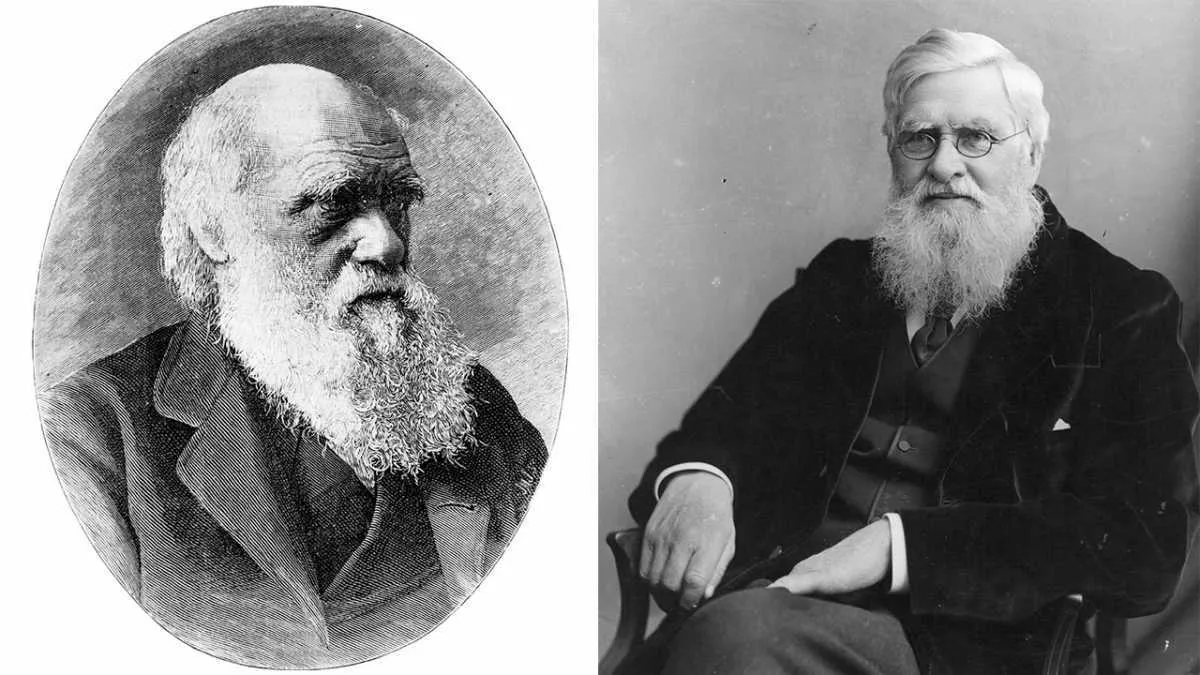
On the Tendency of Species to form Varieties
20 August 1858
Charles Darwin and Alfred Russel Wallace publishOn the Tendency of Species to form Varietiesin the Journal of the Linnean Society. Darwin’s famous bookOn theOrigin of Species, published in 1859, introduced his ideas to a wider public and prompted extraordinary controversy between the scientific establishment and the religious community in the UK.
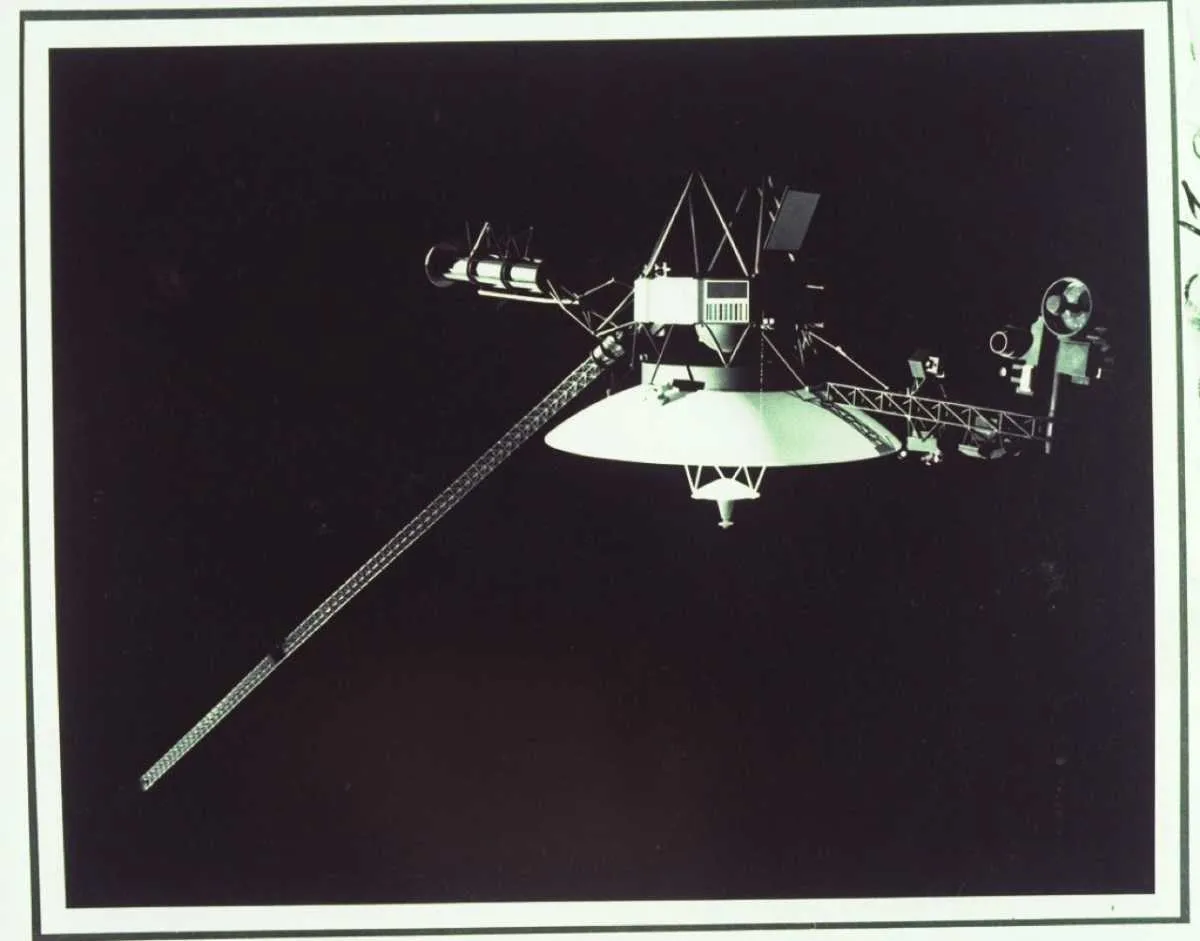
Voyager 2 launched
20 August 1977
Voyager 2, the NASA space probe designed to explore the outer reaches of the Solar System, is launched from Cape Canaveral. Over the last 39 years it has sent back iconic images of Jupiter, Saturn, Uranus and Neptune and made many surprising discoveries, such as volcanic activity on Jupiter’s moon Io. Still in contact through the Deep Space Network, it is expected to run out of power in 2025.
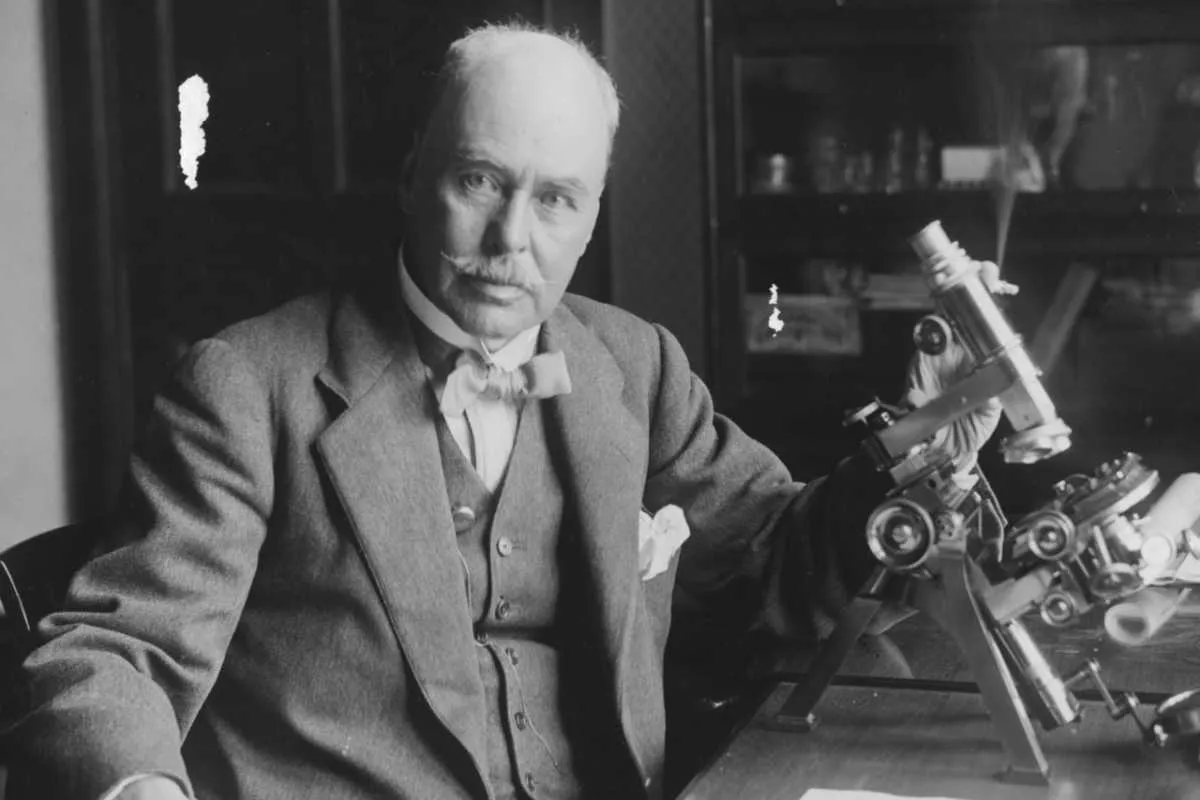
Sir Ronald Ross discovers that mosquitos transmit malaria
20 August 1897
Working in India, Ross dissects mosquitos and notices some unusual ‘almost perfectly circular’ cells growing in their gut. These turned out to be malarial parasites. Also a keen poet, he senta poem about his discoveryto his wife a few days later.
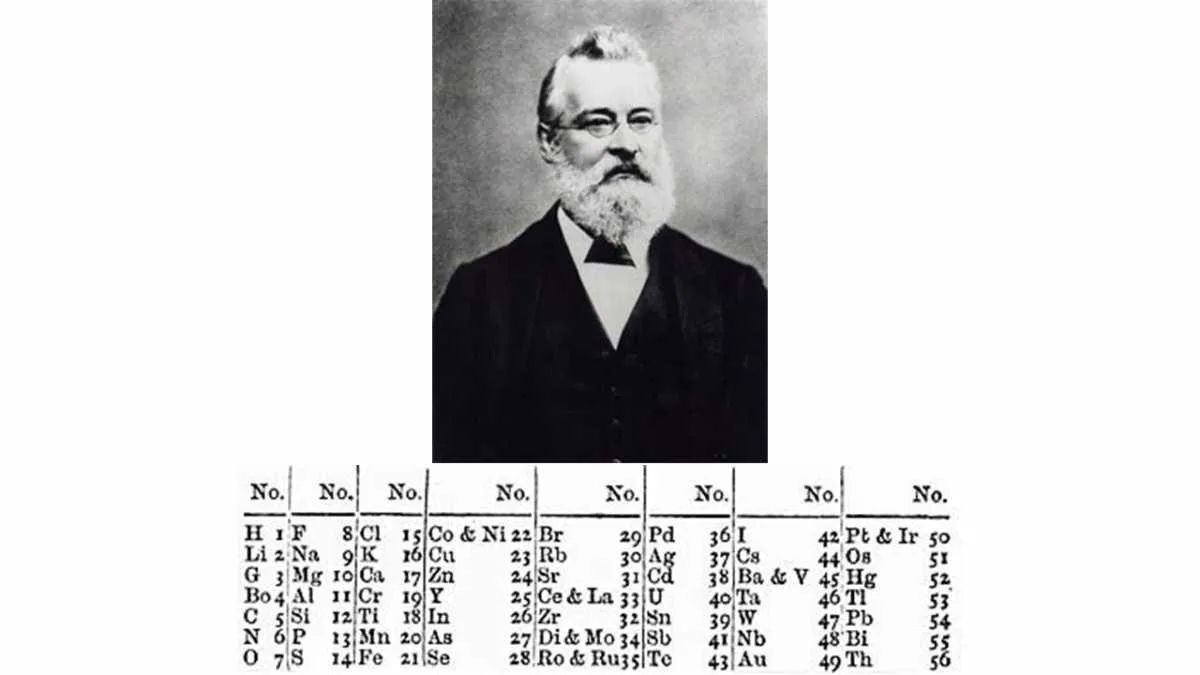
Newlands’ Law of Octaves
20 August 1864
John Newlands publishes his Law of Octaves inChemical News. After arranging the chemical elements in order of increasing atomic weight, he noticed that every eighth element had similar chemical properties. Despite the fact that periodicity is now considered a key idea in chemistry, he was ridiculed by Chemical Society members, who suggested that Newlands might as well arrange the elements in alphabetical order. Even after theperiodic tablehad been accepted many years later, Newlands was not given the credit he deserved.
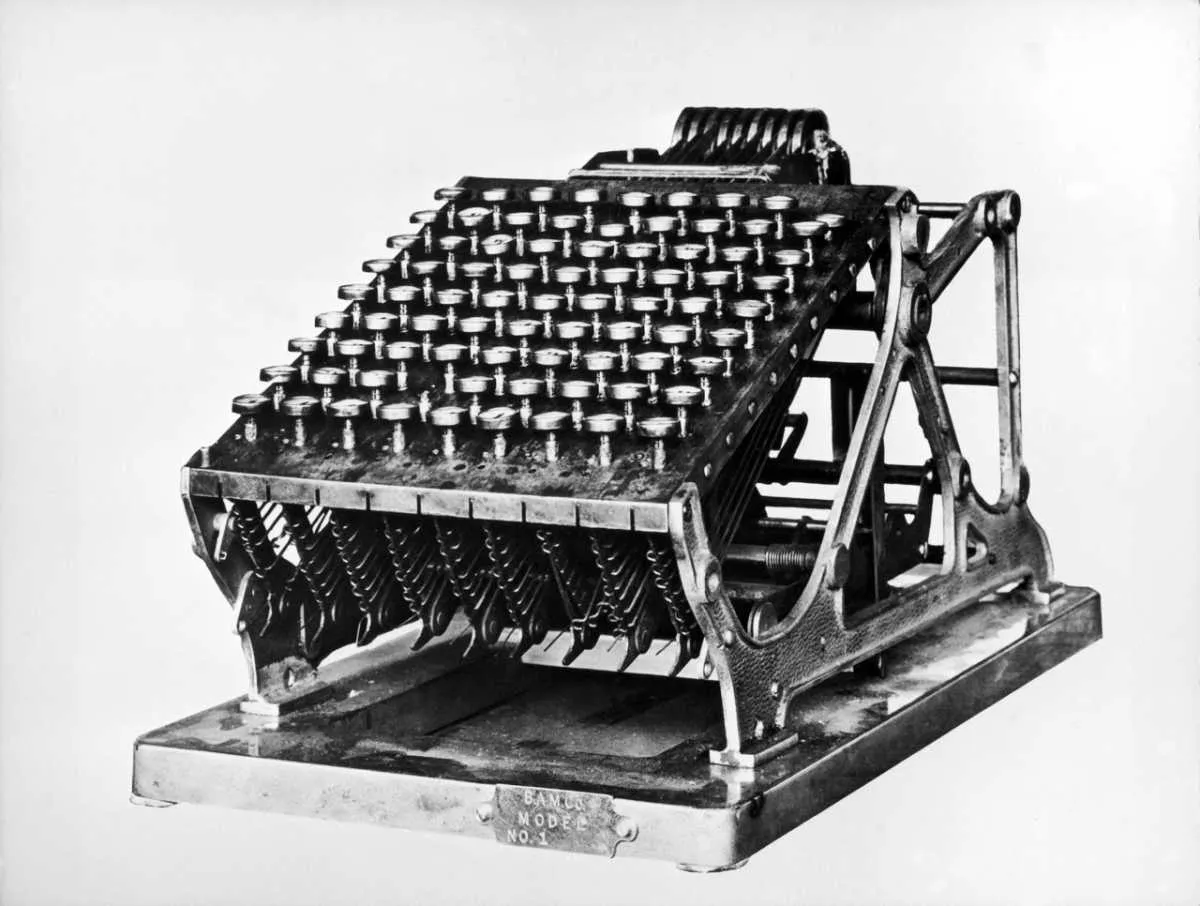
First Adding Machine
21 August 1888
William Seward Burroughs patents the first successful US adding machine. The user would punch numbers into a keyboard and then turned a crank handle, turning rotary wheels and moving the keys forward. Adding machines were widespread in offices until electronic calculators and personal computers were introduced in the 1970s.
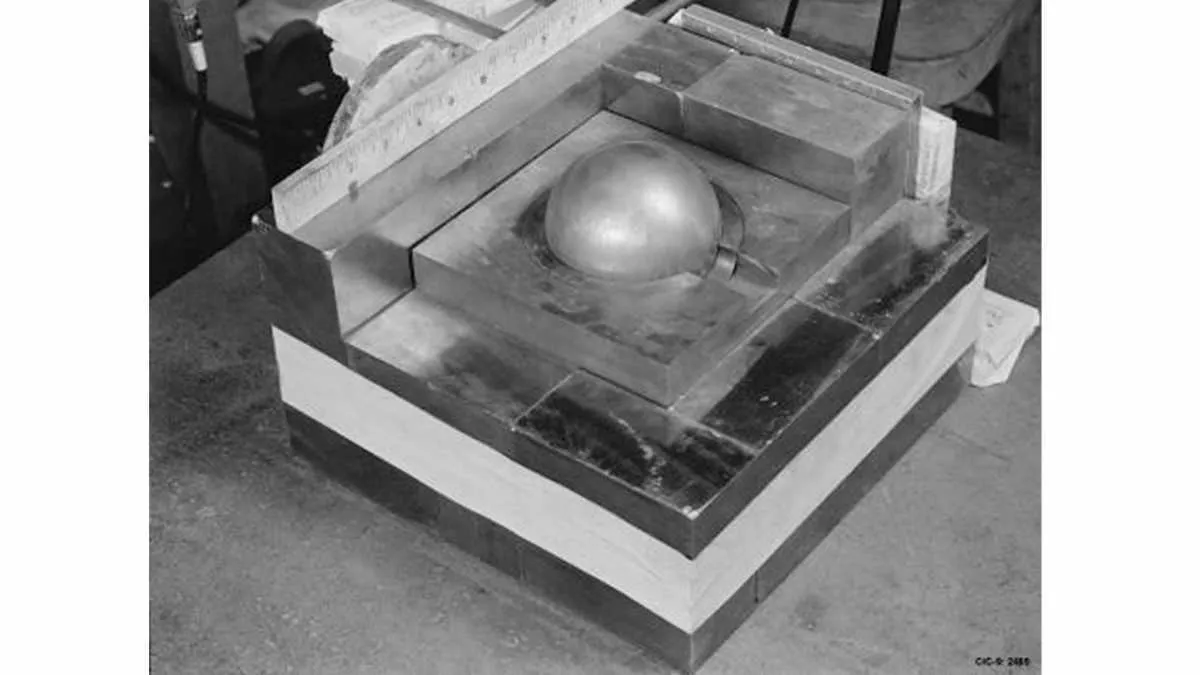
The Demon Core
21 August 1945
Harry Daghlian is fatally exposed to radiation and dies 25 days later. Early nuclear fission experiments in Los Alamos involved manipulating subcritical masses of plutonium, known as cores. Daghlian, working alone accidentally dropped a tungsten carbide brick onto the core, reflecting neutrons into it and causing it to go supercritical. To avoid meltdown, Daghlian bravely knocked some of the bricks away, but not before receiving a massive and lethal dose of radiation. The following year, another researcher died using the same core, resulting in the ‘Demon core’ nickname.
